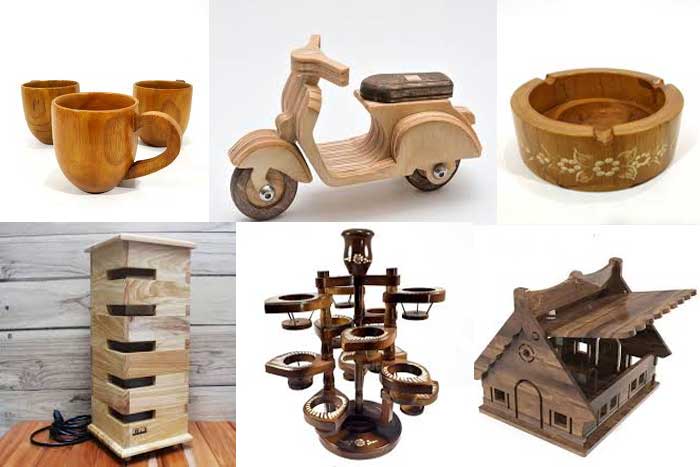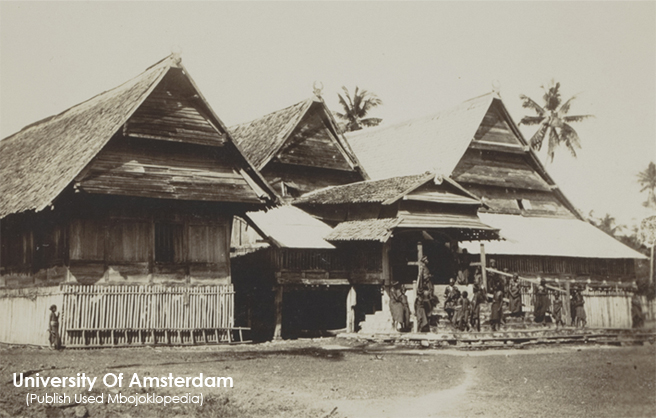Wooden Souvenirs: A Fusion of Art, Tradition, and Sustainability
Souvenirs are an essential part of tourism. They serve not only as keepsakes but also as mementos that evoke memories of a place, culture, and experience. One of the most sought-after types of souvenirs is wooden souvenirs. Made from eco-friendly natural materials, wooden crafts are not only aesthetically appealing but also rich in cultural and economic value. Therefore, this article will explore in depth the world of wooden souvenirs from their history, uniqueness, and types, to the production process and business potential.
History and Background of Wooden Souvenirs in Indonesia
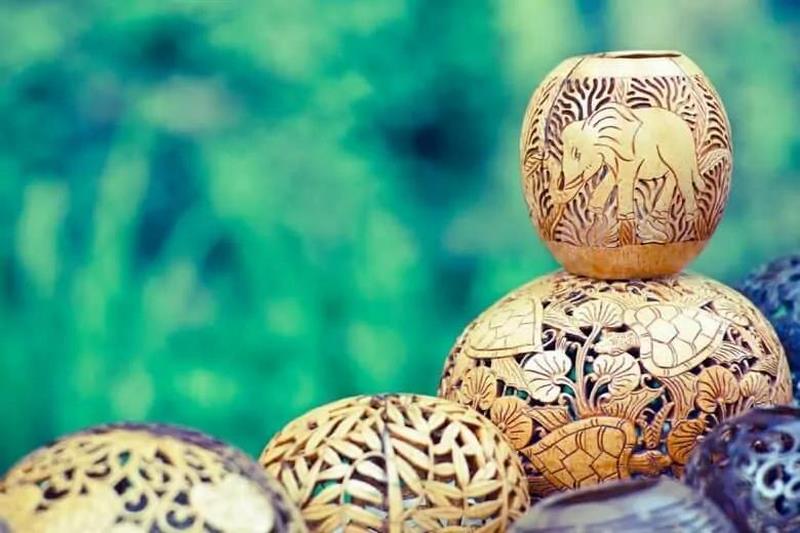
Indonesia is renowned for its wealth of natural resources and cultural diversity. Among these treasures are wood and the art of carving. Wood carving traditions have existed for hundreds of years and developed in various regions such as Bali, Jepara, Toraja, and Papua. Each region has its distinct style and motifs that reflect local cultural identity.
Initially, wood carvings were created for household and religious purposes, such as statues of deities, gateways, and furniture. However, with the evolution of time and the growth of the tourism sector, wooden crafts began to be produced in smaller and more portable forms as souvenirs. As a result, this transformation opened up new economic opportunities for local communities and created numerous jobs.
The Uniqueness and Appeal of Wooden Souvenirs
Natural and Eco-Friendly Materials
Wooden souvenirs are made from renewable and biodegradable raw materials. As a result, they are more environmentally friendly compared to plastic or metal products. Some artisans even use wood scraps from the furniture industry to create valuable new products.
Aesthetic Value and Artistic Touch
Wooden crafts emphasize aesthetics through shape, carving patterns, and surface smoothness. Each item is unique, as they are handmade. This artistic value makes wooden souvenirs not only functional items but also collectible pieces.
Cultural Symbols and Local Identity
The carvings on wooden souvenirs often represent local culture. For example, Balinese carvings depict mythological characters, Kalimantan designs feature flora and fauna, and Torajan motifs reflect spiritual symbolism. Consequently, purchasing a wooden souvenir allows travelers to take home a small piece of a region’s culture.
Durability and Longevity
With proper care, wooden souvenirs can last for a very long time. Hardwoods like teak, sonokeling, and mahogany have high resistance to temperature and humidity changes, making them durable for years—even decades.
Popular Types of Wooden Souvenirs
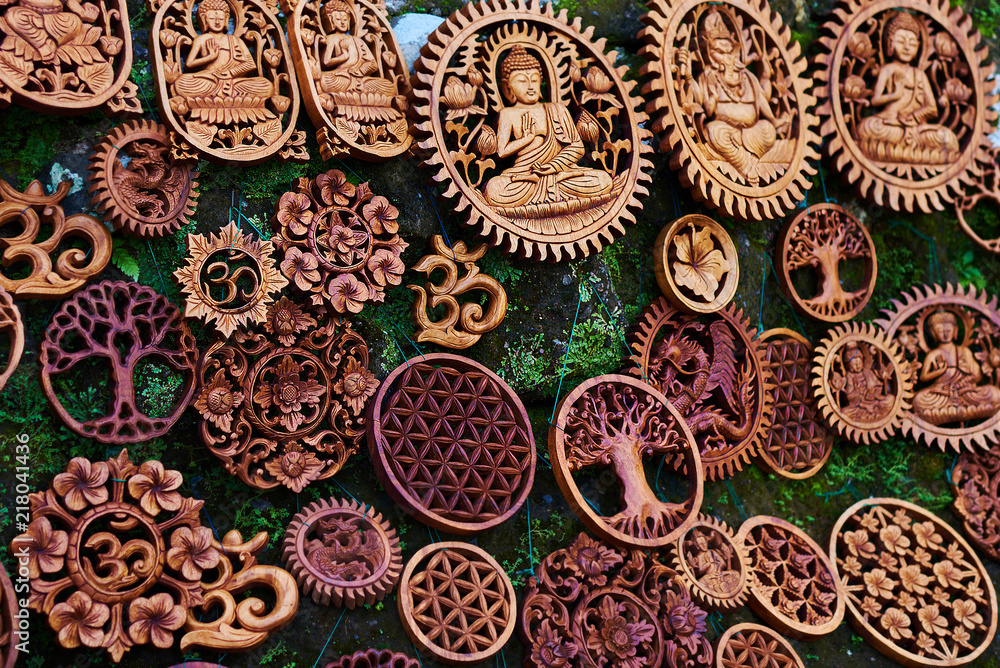
Miniatures and Carved Figurines
Miniatures of traditional houses, traditional vehicles, or statues of cultural icons are popular among tourists. Their small size and intricate details are the main attractions.
Keychains and Fridge Magnets
These are favorite choices due to their practicality and affordability. They often feature symbols of tourist destinations, such as temples, local animals, or handwritten engravings.
Photo Frames
Wooden frames with regional carvings serve as personal and aesthetic souvenirs. Many use them to frame their holiday photos.
Household Items
Wooden spoons, forks, plates, cups, ashtrays, and spice containers have become popular souvenirs. Besides being unique, they are functional and eco-friendly.
Accessories and Jewelry
Wooden necklaces, bracelets, and earrings offer natural beauty and are perfect for those wanting a distinctive ethnic style.
The Production Process of Wooden Souvenirs
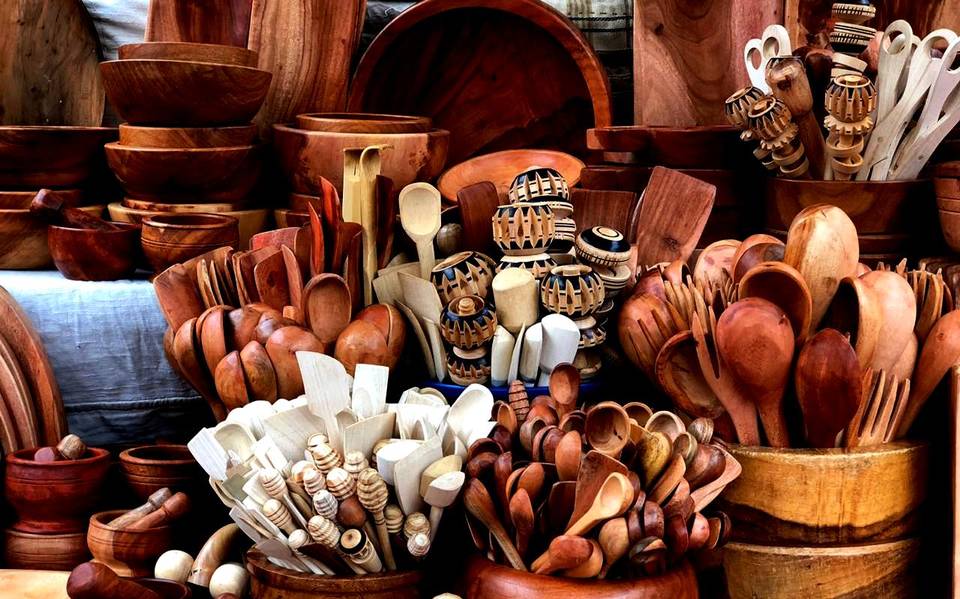
Creating wooden souvenirs requires skill and meticulous attention to detail. The typical stages include:
Selection of Raw Materials
The type of wood used greatly affects the final product. Teak, mahogany, and pine are commonly used for their attractive textures and ease of carving.
Cutting and Shaping
Wood is cut to the desired size and roughly shaped using tools such as saws, chisels, or cutting machines.
Carving and Detailing
At this stage, artisans carve motifs and details according to the design. This process can take a long time depending on the complexity.
Sanding and Finishing
After carving, the wooden surface is sanded until smooth. Finishing is done using varnish, paint, or coating to protect and beautify the item.
Packaging
The final products are securely packaged to prevent damage during shipping or when taken home by tourists.
Economic Value and Business Potential
Wooden souvenirs have a broad market, both domestic and international. Demand for handmade products continues to grow, in line with increasing awareness of sustainability and cultural appreciation. Many local artisans have even succeeded in penetrating the export market with their unique creations.
Strategies to grow a wooden souvenir business include:
-
Product Diversification: Developing various types of products with diverse designs to reach a wider market.
-
Branding and Digital Marketing: Utilizing social media, online marketplaces, and websites to promote products globally.
-
Wood Certification and Legality: Using certified legal and eco-friendly wood to build trust in international markets.
-
Partnerships with the Tourism Sector: Collaborating with hotels, travel agents, and souvenir shops to boost sales.
Challenges and Solutions
The wooden souvenir industry faces several challenges:
Availability of Raw Materials
The decreasing number of natural forests makes wood more expensive. The solution is to use wood from production forests or industrial wood waste.
Artisan Regeneration
Many young people are not interested in continuing the craft business due to a perceived lack of prospects. Vocational education and creative training can help attract younger generations.
Competition with Mass-Produced Goods
Factory-made products, which are cheaper, can be strong competitors. However, by highlighting the handmade aspect and cultural value, wooden souvenirs can maintain their advantage.
Conclusion
Wooden souvenirs are not merely inanimate objects taken home from a trip; they are representations of art, culture, and rich local identity. In this modern era, where sustainability and appreciation for handmade crafts are on the rise, wooden souvenirs stand out as a meaningful and valuable choice. With proper management, government support, and innovation from artisans, Indonesia’s wooden souvenir industry can continue to grow and compete on the global stage.

